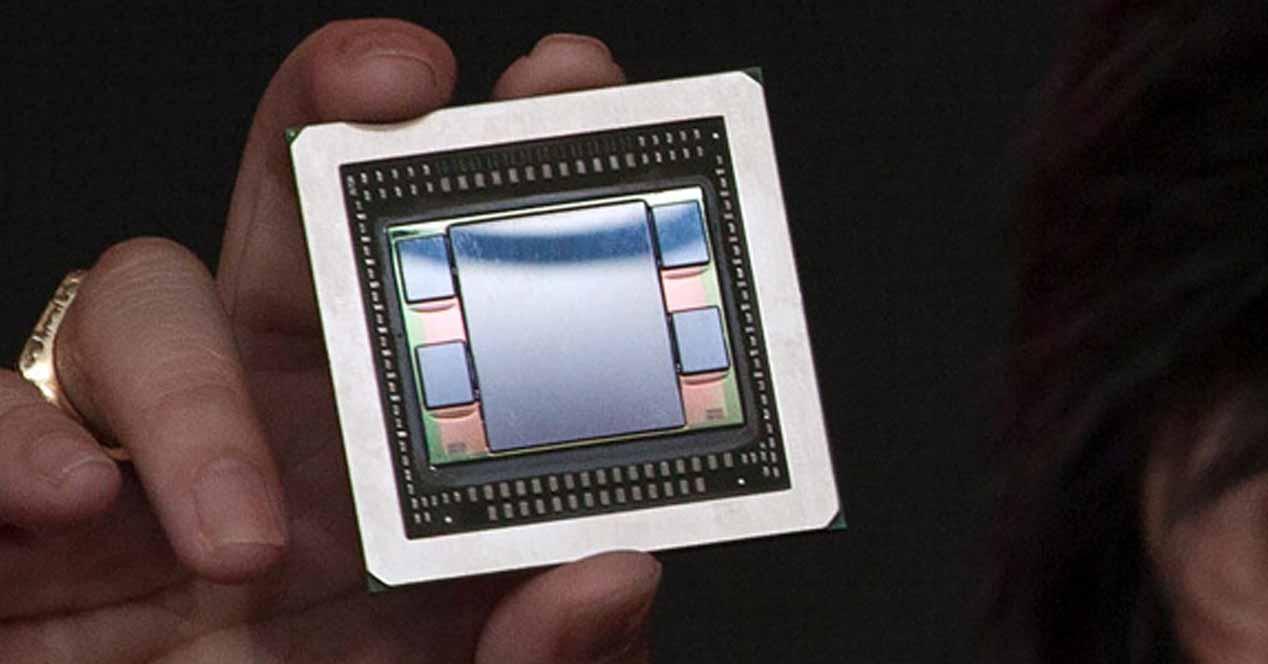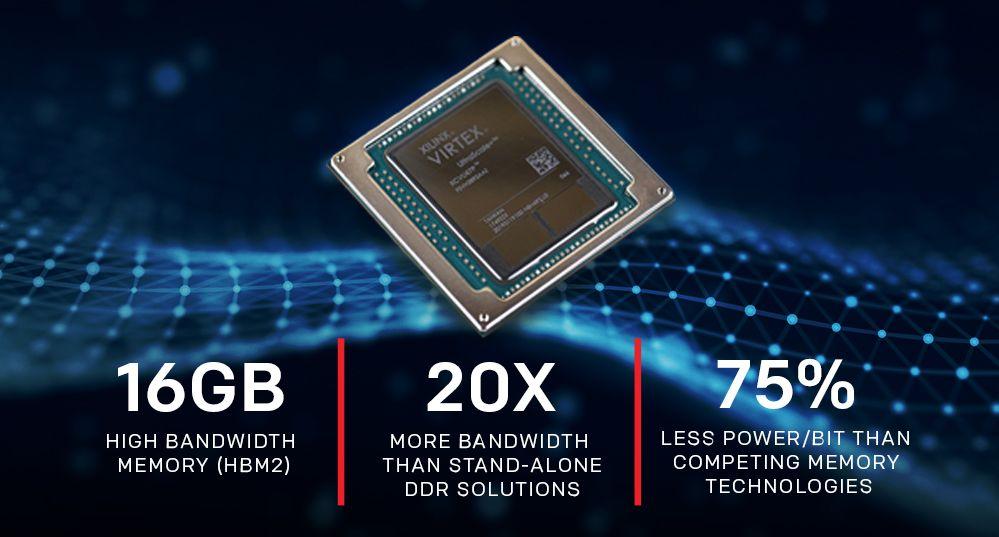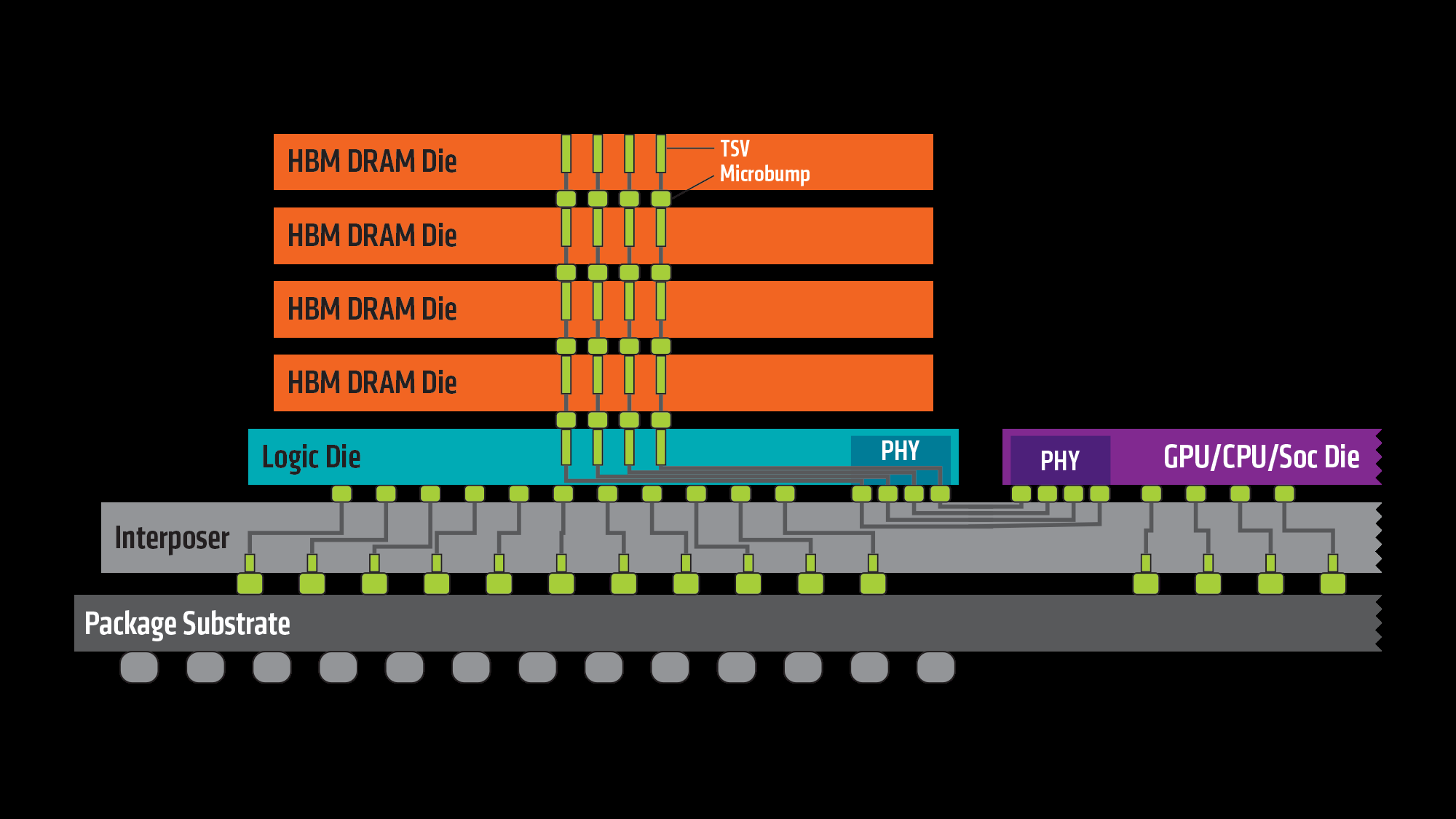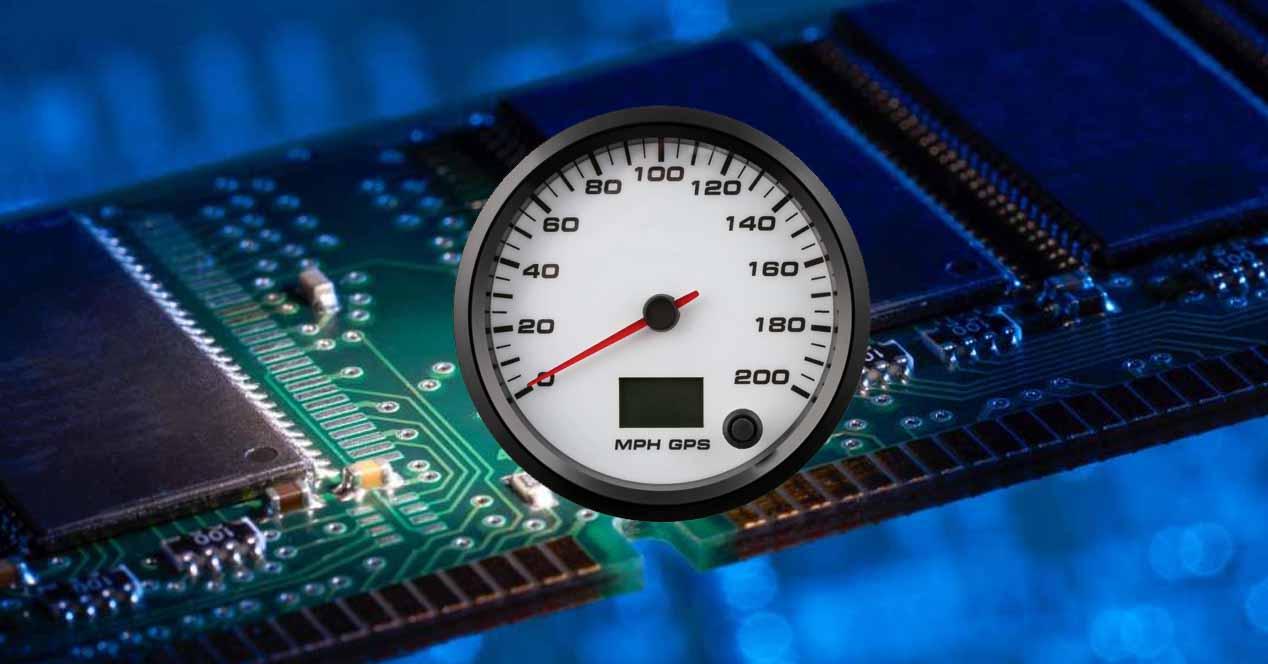
In the age of GDDR5, HBM memory was presented as the solution to all problems. Back then, GDDR was reaching its performance limit and was reaching a tipping point where the increase in consumption was not worth the increase in performance, but finally GDDR6 memory arrived and all plans to follow. incorporating HBM memory and its HBM2 and HBM2E evolutions were truncated, at least in the consumer segment.
HBM memory is not worth it… for the cost
HBM memory chips have a much lower consumption and a higher bandwidth than GDDR chips, also offering a much higher density and occupying less space. Everything seems like advantages and of course, if we do not take into account the disadvantages there should be no reason why we do not use HBM memory in all graphics cards today, but the reality is that the biggest disadvantage of this memory is the one that more has weighed in the end.
The HBM memory design concept stacks several layers on top of each other in a 3D vertical design, and these layers are connected to each other using TSVs (Trough Silicon Vias) that serve to connect DRAM chips to each other and in turn, to connect to the GPU with the Interposer. This has a rather high production cost and a very noticeable manufacturing complication, which has made the overall cost of manufacturing HBM memory several integers higher than that of manufacturing GDDR memory.
If we add to this that the performance obtained by this type of memory has been widely surpassed by the new generations of GDDR6 and GDDR6X VRAM memory, the only reason we have left to continue valuing it as graphics memory is merely its enormous density, since with a lower number of chips allows a vastly greater amount of graphics memory.
And what kinds of products need large amounts of graphics memory? Taking into account that we are currently handling amounts of VRAM ranging from 8 to 24 GB in high-end graphics cards with GDDR6X memory (the latter in the RTX 3090 without going any further, although it is true that the most normal are capacities of 8 to 12 GB) for the consumer market, actually only the professional and business market requires larger amounts of VRAM.
In this area, where costs are not usually a problem and everything is focused on performance and capacity, it is where HBM memory has found its market niche, since in the consumer market as we said it has been widely surpassed in terms performance and in this market its high densities are no longer necessary.
And these are the reasons why HBM has not been standardized as graphics memory: it is very expensive to manufacture and not worth it for the consumer market because in terms of performance it has been surpassed again by GDDR, so its The only advantage is a higher density and therefore its market niche has remained for professional environments. Of course, the manufacturers continue with its development and are already tinkering with its implementation also as system memory, so of course it is far from being forgotten.





